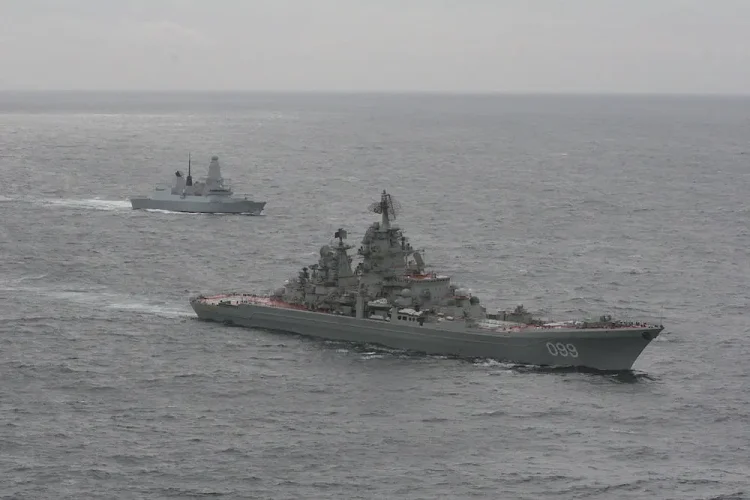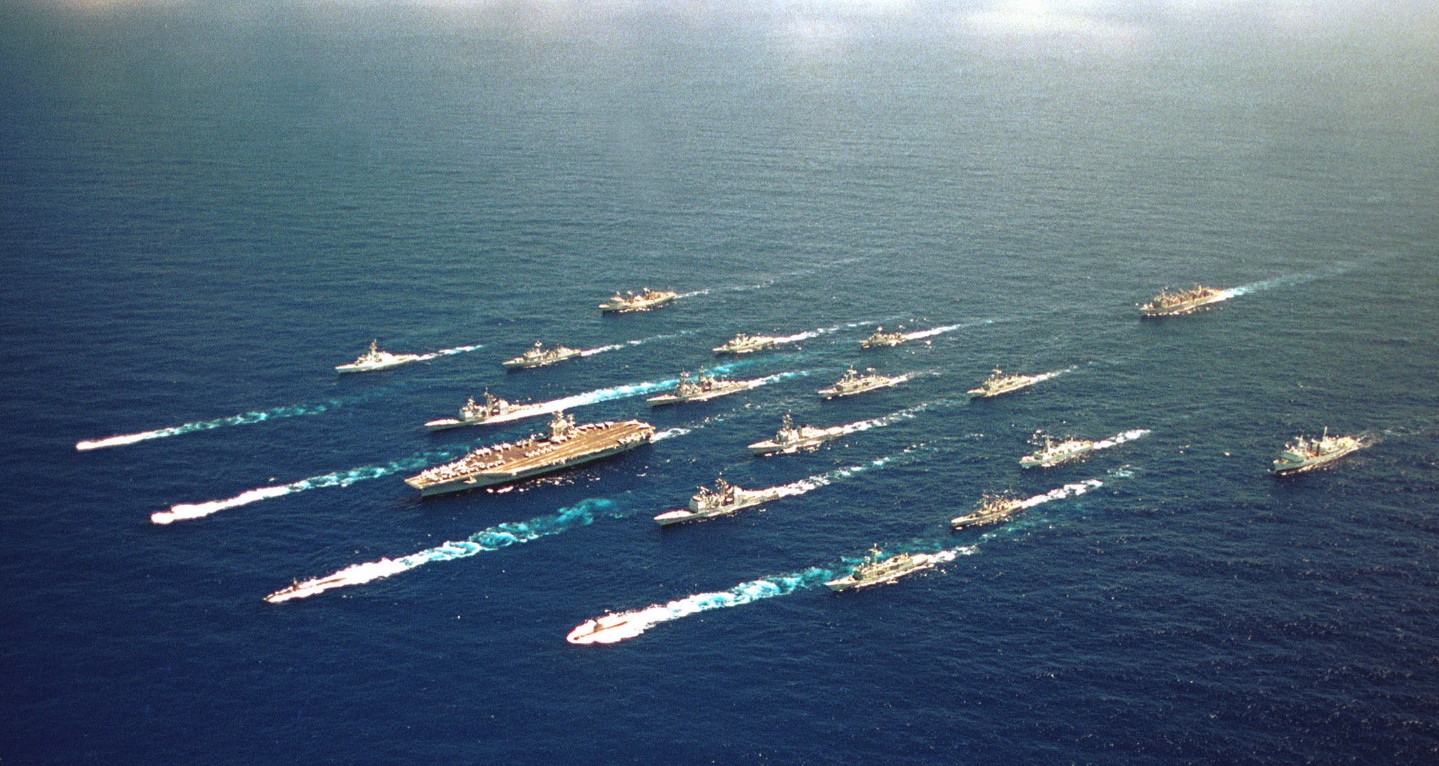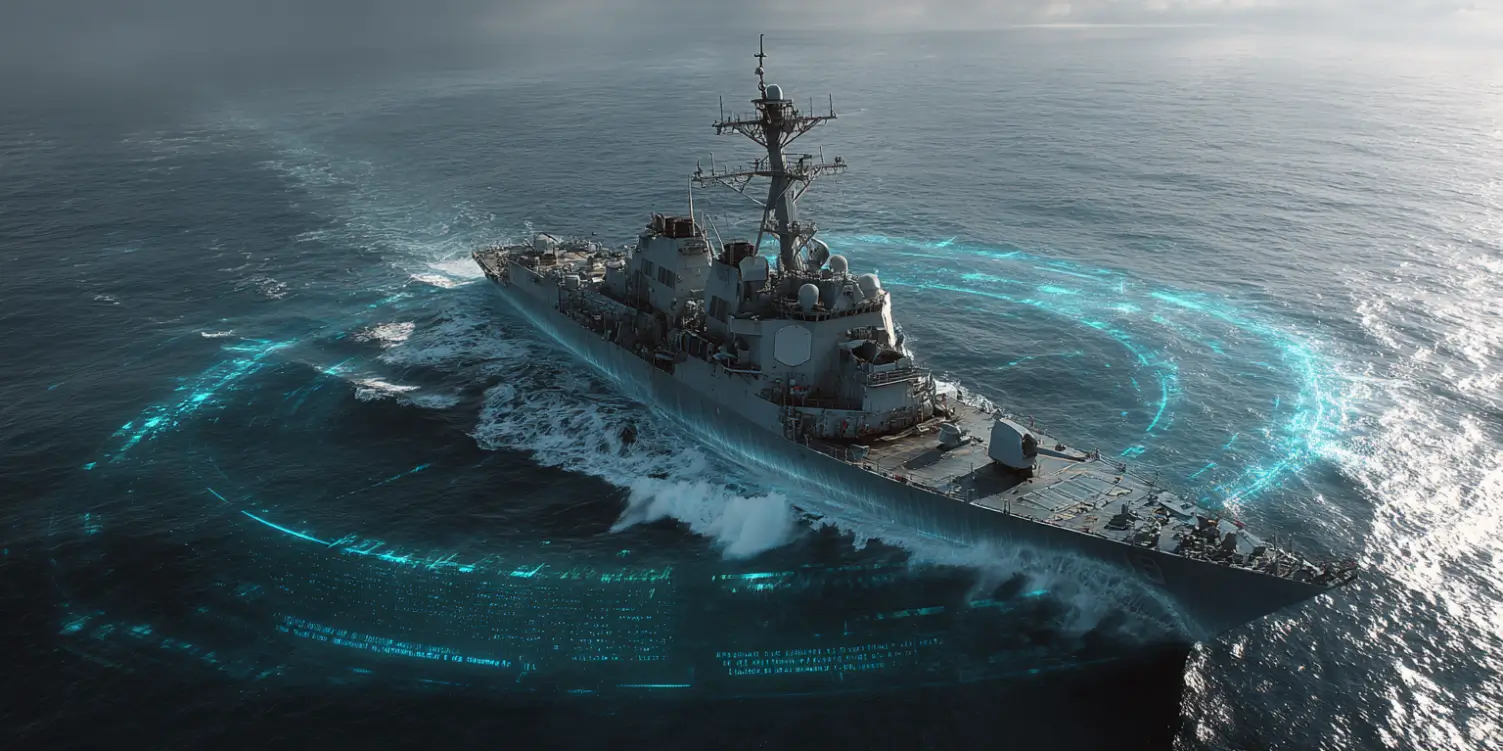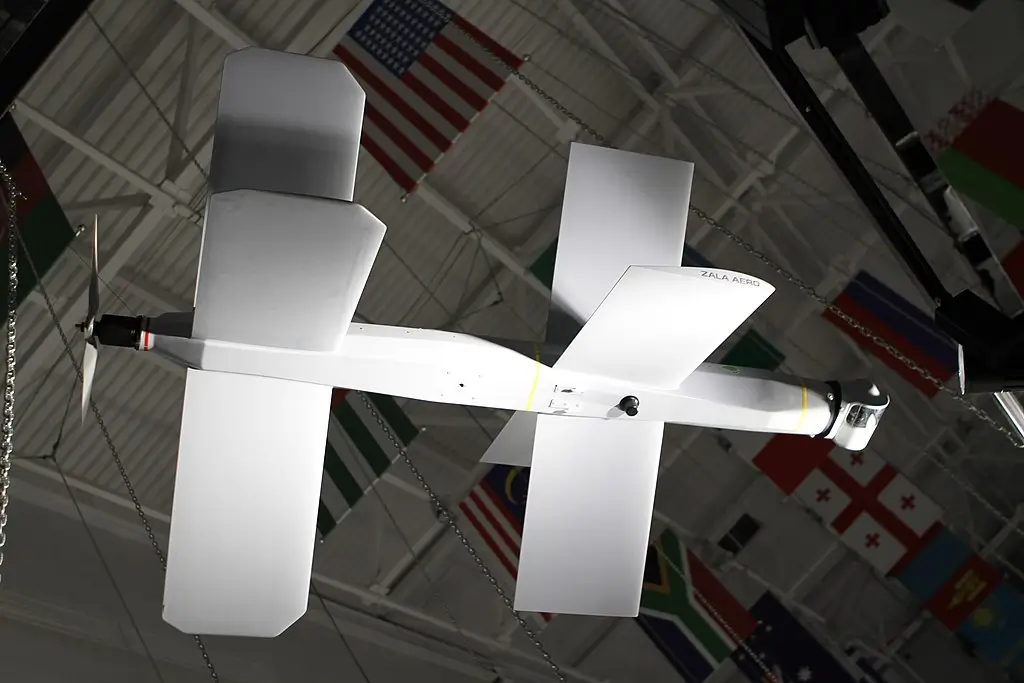Introduction
The Kuznetsov Class is a series of heavy aircraft-carrying cruisers designed and built by the Soviet Union, and later continued by Russia. These ships are the flagship of the Russian Navy and play a critical role in projecting power and protecting the country’s interests.
Design and Specifications
The Kuznetsov Class ships are known for their impressive size and capabilities. The lead ship of the class, the Admiral Kuznetsov, was commissioned in 1990 and is still in service today.
| Specifications | Details |
|---|---|
| Displacement | 65,000 tons |
| Length | 305 meters |
| Beam | 72 meters |
| Powerplant | 4 gas turbines, 8 boilers |
| Speed | 29 knots |
| Range | 8,000 nautical miles |
| Complement | 1,960 crew members |
Flight Deck and Hangar
The Kuznetsov Class ships feature a flight deck that is over 300 meters long and can accommodate a variety of fixed-wing aircraft and helicopters. The massive hangar deck allows for storage and maintenance of the aircraft, with several elevators for moving them to and from the flight deck.
Armament
These heavy aircraft-carrying cruisers are equipped with a wide range of offensive and defensive armament. They are armed with anti-ship missiles, surface-to-air missiles, and anti-submarine weapons, providing them with a comprehensive defense capability.
Operational History
The Kuznetsov Class ships have been involved in various operations and deployments throughout their service. They have been deployed in the Mediterranean Sea, supporting the Russian military operations in Syria. They have also participated in joint exercises with other countries, showcasing the capabilities of the Russian Navy.
Challenges and Future
Despite their impressive capabilities, the Kuznetsov Class ships have faced several challenges. They have been plagued with technical issues and experienced accidents, including a major fire on board the Admiral Kuznetsov in 2019. This has raised questions about the reliability and sustainability of these ships.
Russia has plans to build a new class of aircraft carriers to replace the ageing Kuznetsov Class. The new ships are expected to incorporate advanced technologies and lessons learned from the Kuznetsov Class.
Conclusion
The Kuznetsov Class heavy aircraft-carrying cruisers are a symbol of Russian naval power. With their impressive size, capabilities, and operational history, these ships have played a significant role in projecting Russian power and protecting the country’s interests. However, their future is uncertain as Russia plans to develop a new generation of aircraft carriers.









